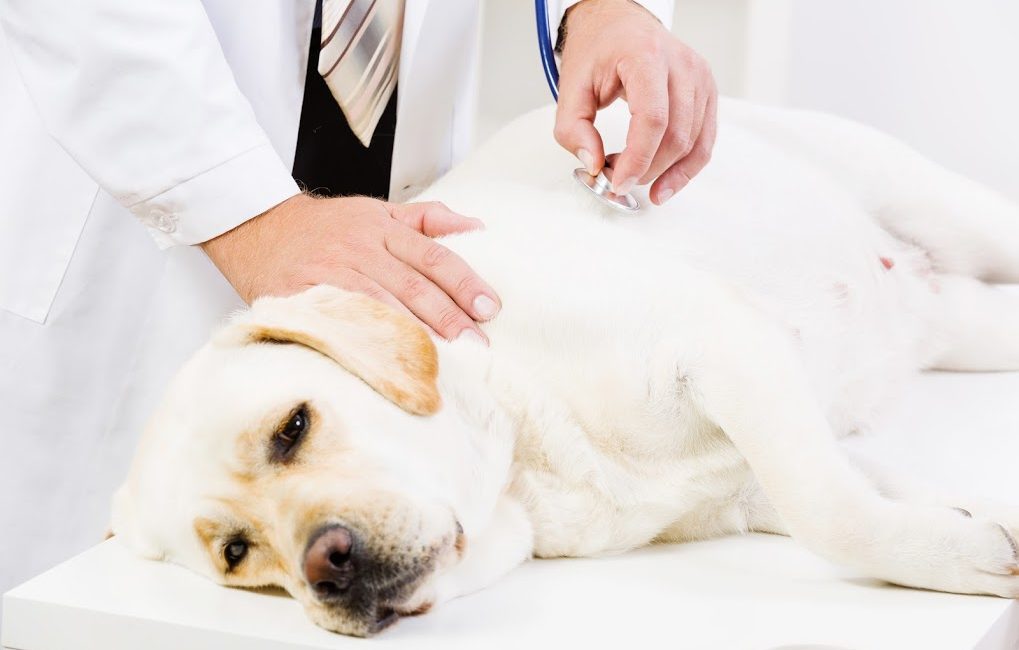Lyme disease is becoming more and more of a concern as the presence of ticks in our area grows! Last year we had sent many ticks away for analysis to determine whether or not they were carrying the Lyme bacteria. An alarming high number came back as Lyme positive.
Cats, due to their fastidious grooming nature tend to be a zero to low risk for Lyme disease since ticks tend to be removed before they have a chance to transmit the disease. Dogs, however, are high risk. It’s hard to believe that ONE critter that’s barely the size of a tiny apple seed can create such devastation – but it can. It’s definitely time to start taking this disease more seriously!
Often times a tick will latch on to your pet, feed, deliver the lyme bacteria (which leads to infection) and fall off without you even having been aware that it was there. Some signs to watch for that your pet may be sick are:
- fever of between 103 and 105°,lameness
- swelling in the joints
- swollen lymph nodes
- lethargy
- loss of appetite.
- Although not common, some dogs have developed severe progressive kidney disease
Infection typically occurs after the disease carrying tick has been attached to the pet for 2-3 days, therefore, it’s important to regularly check for and remove ticks after being in high risk areas such as wooded parks, trails, fields etc.
There are many products on the market that are designed to repel and/or kill ticks. These products include collars, monthly topical applications etc. The Lyme vaccine may also be recommended if your pet is high risk.
Talk to your veterinarian/vet staff to help determine which produce best suits your pets’ needs



